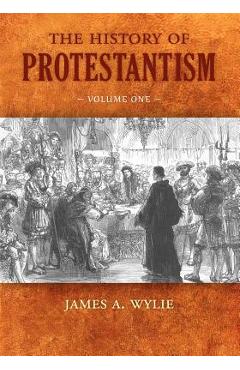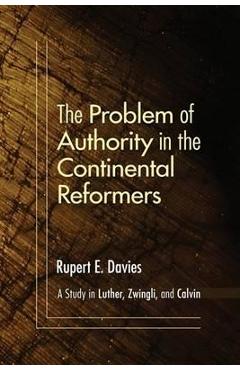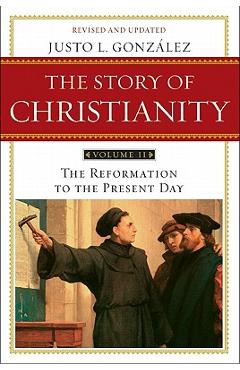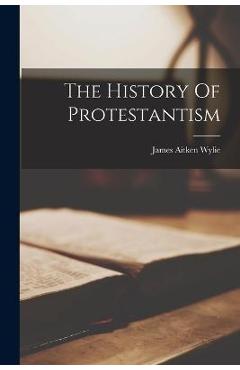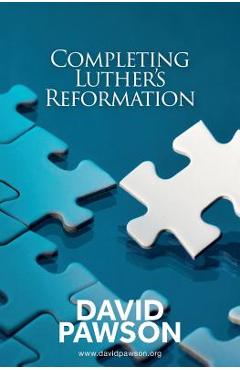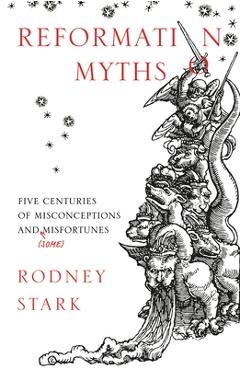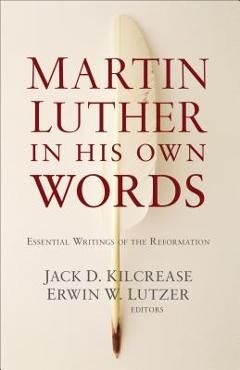Getting the Reformation Wrong: Correcting Some Misunderstandings
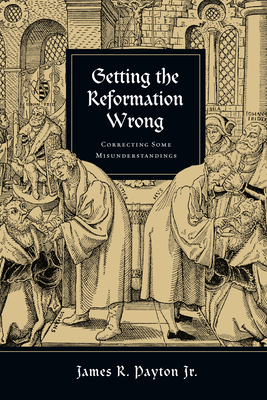
Getting the Reformation Wrong: Correcting Some Misunderstandings
Getting the Reformation wrong is a common problem. Most students of history know that Martin Luther nailed his ninety-five theses to the Wittenberg Church door and that John Calvin penned the Institutes of the Christian Religion. However, the Reformation did not unfold in the straightforward, monolithic fashion some may think. It was, in fact, quite a messy affair. Using the most current Reformation scholarship, James R. Payton exposes, challenges and corrects some common misrepresentations of the Reformation. Getting the Reformation Wrong:
- places the Reformation in the context of medieval and Renaissance reform efforts
- analyzes conflicts among the Reformers
- corrects common misunderstandings of what the Reformers meant by sola fide and sola Scriptura
- examines how the Anabaptist movement fits in with the magisterial Reformation
- critiques the post-Reformational move to Protestant Scholasticism
- explores how the fresh perspective on the Reformation could make a difference in today's churches
PRP: 154.94 Lei
Acesta este Pretul Recomandat de Producator. Pretul de vanzare al produsului este afisat mai jos.
139.45Lei
139.45Lei
154.94 LeiIndisponibil
Descrierea produsului
Getting the Reformation wrong is a common problem. Most students of history know that Martin Luther nailed his ninety-five theses to the Wittenberg Church door and that John Calvin penned the Institutes of the Christian Religion. However, the Reformation did not unfold in the straightforward, monolithic fashion some may think. It was, in fact, quite a messy affair. Using the most current Reformation scholarship, James R. Payton exposes, challenges and corrects some common misrepresentations of the Reformation. Getting the Reformation Wrong:
- places the Reformation in the context of medieval and Renaissance reform efforts
- analyzes conflicts among the Reformers
- corrects common misunderstandings of what the Reformers meant by sola fide and sola Scriptura
- examines how the Anabaptist movement fits in with the magisterial Reformation
- critiques the post-Reformational move to Protestant Scholasticism
- explores how the fresh perspective on the Reformation could make a difference in today's churches
Detaliile produsului












